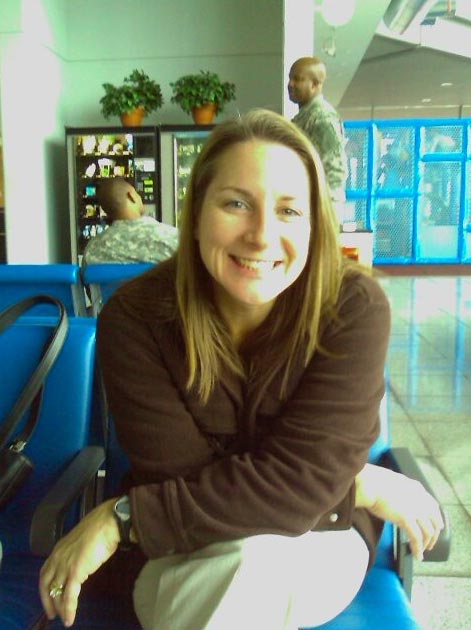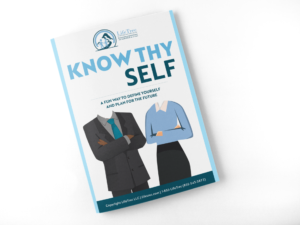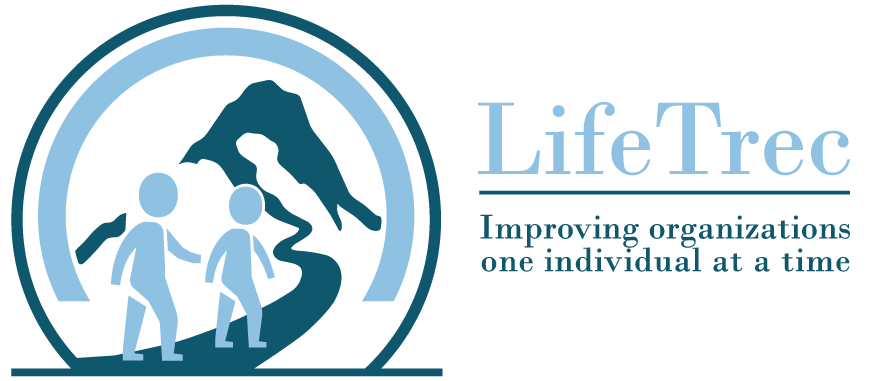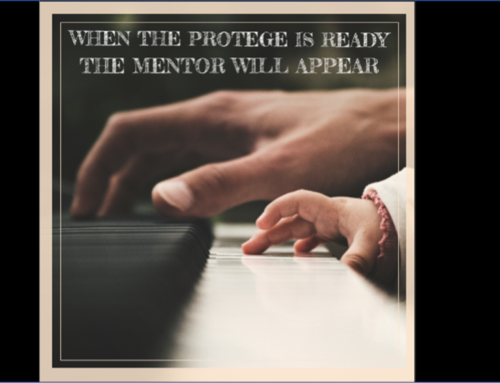Part 2
Still In the Fight
To say that war is chaos is an understatement. Many will point to Carl Von Clausewitz’s famous phrase, “the fog of war”, to describe this situation, almost as an excuse. As leaders, it’s our job to remove as much of the chaos causing the fog as possible. We do this through the decisions we make before we get to the battlefield. If we wait until we’re there, it’s too late.
After analyzing the problem (outlined in part 1), I realized what got us there, and into any war, was a series of decisions. Some good, some bad, but all of the decisions which led us to this point were made long ago; in some cases, generations ago. Our actions and our inactions are all factors in future battles, perhaps the most crucial part. Decisions regarding policy, logistics, training, education, and planning are all the deciding factors that determine if we go to war in the future and if we win. Countless wise people have observed, “The greatest benefit of planning is not the flawless execution, but how practicing the plan conditions you to react when things fall apart.” The decisions in a combat zone are never just the result of the things that happen in the present moment. They are always a product of the countless decisions that were made before, months, years, even decades before. They are the result of the strategies, the policies, the training, and the logistics which conditioned battlefield leaders to make the decisions in the moment.
The decisions that lead to war, and the execution of it, are made by politicians, senior military officials, and anyone who plays a part in preparing our military. But senior leaders don’t come up with those decisions by themselves. Decisions are nearly always framed and influenced by staff officers and civilian staffers. This was a very powerful realization. At that moment, I looked down and I saw my rank. I was a brand-new major at the time, a field grade officer in the United States Air Force. Not only could I do something about it, but I was in a perfect position. Perhaps I could only have a small impact on the current fight, but remembering that all wars are fought in advance, I could certainly impact future wars. I also realized, “If not me, who?”. Could I even expect other people to fully recognize the significance of something as abstract as the impact of their current decisions on future wars? Then there was the question of what to do about it? Answering this question, in particular, has become a passion and an obsession that has driven me for the past twelve years. In fact, it nearly killed me.
The most important thing to remember from this article is this: As a warrior, you can leave the combat zone. you can wear a different uniform, and you can slow down, but you can never leave the fight. To do so is to fail those in the future who are depending on you to make the right decisions now. While in the combat zone, you fight the current battle, but while at home and in garrison, you fight future wars. This is just as true in the private sector and in your personal life. To set the stage for victory or prevent catastrophic failures in the future, you need the discipline, the structure, the preparation, and the strategy built into your personal and organization’s decision-making process. It has to be proactive rather than reactive so that when others are forced to make decisions with less than perfect knowledge, they can rely on the policies, procedures, and training that your preparation influenced. Good decisions require great preparation. Great preparation requires vigilance and a realization that you’re never out of the fight.
 My deployment resulted in an obsession to fix what I believe to be the underlying pervasive issues of inadequate leadership training and poor or non-existent decision-making processes and tools. I continued to relentlessly work to seek out and solve these problems, always trying to recreate the level of intensity, the adrenaline, and the purity of intention I experienced while deployed. As a result of this intensity, in 2017, 8 years later and at the age of 42, I had a heart attack that stopped my heart for over 15 minutes. I’m very lucky to have the best wife in the world, but I’m even luckier because she’s also a nurse. With otherworldly poise, she did CPR on me for 11 minutes all while managing the chaotic scene around her. The paramedics eventually took over and were able to bring me back after 3 shocks from the defibrillator.
My deployment resulted in an obsession to fix what I believe to be the underlying pervasive issues of inadequate leadership training and poor or non-existent decision-making processes and tools. I continued to relentlessly work to seek out and solve these problems, always trying to recreate the level of intensity, the adrenaline, and the purity of intention I experienced while deployed. As a result of this intensity, in 2017, 8 years later and at the age of 42, I had a heart attack that stopped my heart for over 15 minutes. I’m very lucky to have the best wife in the world, but I’m even luckier because she’s also a nurse. With otherworldly poise, she did CPR on me for 11 minutes all while managing the chaotic scene around her. The paramedics eventually took over and were able to bring me back after 3 shocks from the defibrillator.
Two years ago, a counselor suggested I share my story because there are too many others like me out there. It took me those two years to listen and digest it. Two years to accept it and understand it. Now I believe I’m finally in a position to do something about it. It has taken me 12 years to write about this and even now I have tears streaming down my face as I’m overwhelmed with emotions I can’t explain. It was a couple of my colleagues, who called me aside and told me they were concerned about me. This gave me the first clue I had lingering issues I needed to deal with but even then, it took several more years to accept the validity of their concerns.
I’m telling you this now after retiring from the Air Force so I can work on improving leadership and decision-making full time. This is the next mission for me and one I will elaborate on more in future posts. The astute reader will observe I’m still dealing with issues as are countless men and women from both in and outside the military. This past few years have been traumatic for many, many people. Healing is going to take time but we first have to acknowledge the injury in ourselves and others. Then as leaders, we need to reduce the chaos by making better decisions.
P.S.
Hi, this is the author. If you like this story please read a bit further. We are living in a time when many are experiencing a crisis of the soul. They have either forgotten or have never learned important life lessons and they may be isolated and alone getting the vast majority of their interaction through the internet and social media. Social media is a powerful way of communicating but unfortunately, we tend to show only the sensational stuff, pictures of good times and successes. I like to see these too but when all we see is people living the high life we can’t help but compare ourselves to them, or at least, what we see of them. Our mundane and problematic life seems inferior and even pathetic. For some, especially young people, this is very dangerous and can contribute to serious depression. I believe we can help change this.
Like you, I have learned a lot of hard lessons in life and paid a lot in stupid tax. Some people say they have no regrets. Not me, I have plenty. I don’t want to repeat them or have others make the same mistakes. As humans we are social creatures, we are meant to sit by the fire and share stories of our triumphs and failures as a way of passing down our lessons learned to make the next generation smarter and more prepared. As we get older we have an obligation to pass down our stories to the next generation and they have an obligation to learn from them. This is the foundation of all human societies since the first campfire.
By sharing our stories we can do something to help those who are in crisis, perhaps it’s a small thing, but for the one person that needs to hear your story, it can have a huge impact. Through a real story, from a real person, they will know they’re not alone and they can learn from our mistakes. It is through these stories we make meaningful connections to other people.
If you agree with the last few paragraphs and would like to see more stories like this please like this story and follow LifeTrec on Facebook and share it with your friends. Make sure to add your comments and share similar lessons learned this story may have inspired you to remember. But don’t stop there, please consider telling your own story. The first step in telling your story is to define who you are. If you have ever tried this then you know it’s hard. To help you we are providing a free Know Thyself Activity Book which is both fun and revealing. Click here to receive it.
For more stories like this please visit lifetrec.com/articles. For more information please contact us via email at info@lifetrec.com. We’re waiting to hear your story.
Click here to go back to Still in the Fight Part 1.












Really enjoyed this article!